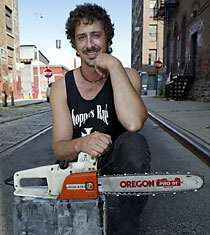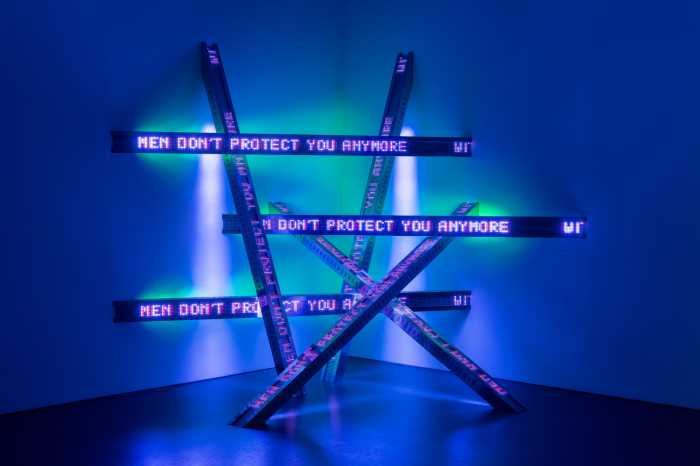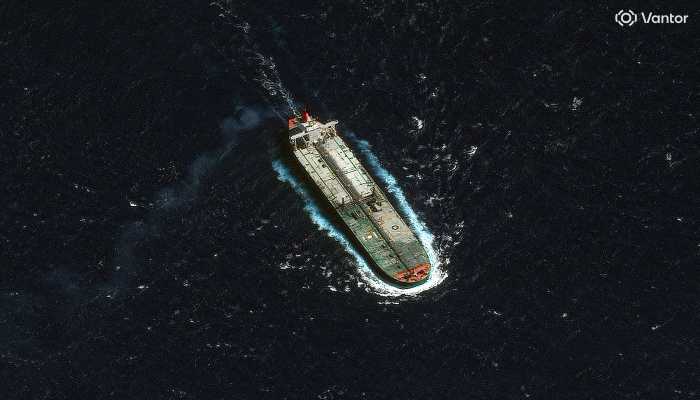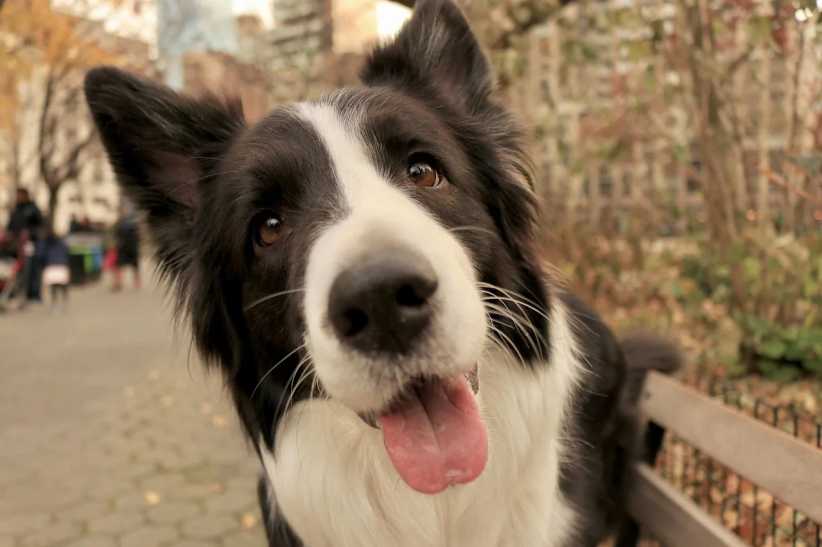With a Marlboro dangling from the corner
of his mouth, Joe O’Donoghue hoists the hefty rotating chainsaw
blade high above his right shoulder, pauses for a moment and
sends the clumsy blade down upon an ice slab, casting aside a
luminous arch of snow-shavings.
He makes one incision and then another, the cigarette burning
between his lips, until a small chip slides away from the main
section, revealing the delicate curve of a woman’s hip. He steps
back into one of the many glacier-like puddles that swamp his
studio and exhales.
The hip belongs to one of his latest works, a collection of ice
sculptures for the premiere of tennis player Serena Williams’
new clothing line. The crystal-clear mannequin glistens in the
industrial lighting – only a torso because, O’Donoghue says,
the "arms often break off during shipping."
"Ice does not handle detail well, so I have to reinterpret
everything I try to replicate," O’Donoghue explains. "Each
block of ice is 40 inches high, 20 inches wide and 10 inches
deep. As ice sculptors, we are trapped in that zone."
But for this DUMBO-based sculptor, these physical restrictions
only serve as fuel to his agile imagination. Now 39, O’Donoghue
has jockeyed his way through the ranks of the culinary arts,
transforming a medium once relegated to wedding receptions and
lavish bar mitzvahs to an art form and celebrity-must have.
Along the way, he has accumulated a lengthy star-studded client
list, a U.S. patent on his "Frozen Fountain," and even
an Emmy for sculptures he built for NBC’s introductory segments
of the 2002 Salt Lake City Olympics.
Tall and lean, with a bronze tan and a coarse Long Island brogue,
O’Donoghue does not resemble the typical white-clad culinary
artisan, nor does his work, which can range anywhere from figurative
replicas of persons and objects to colossal constructions occupying
the width and height of an entire room and weighing in at three
tons.
One of his most recent projects, an installation for the premiere
of the movie "The Day After Tomorrow," buried a section
of the Museum of Natural History in more than a thousand, 300-pound
blocks of ice.
While stunts like this have made him a superstar among some of
New York City’s entertainment giants, O’Donoghue only mentions
his celebrity clients in passing.
Between gulps of coffee, he rattles off the names of famed artists
and media personalities, including Martha Stewart, Sean "P-Diddy"
Combs and photographer David LaChappelle, making a brief detour
from the list to discuss a party he worked on for Brittany Spears.
"The party was for her [then-boyfriend] Justin Timberlake.
It was his 21st birthday," he recalls. "I made her
this heart-shaped centerpiece. It was a good party, but I am
not really into her music." Then, he moves on to what he
really wants to talk about – ice.
"I never see ice as anything but ice," he says plopping
himself on a row of plush turquoise car seats that doubles as
a sofa in his studio. "Sometimes I have to teach this to
my clients. You can’t think of it as what you want it to do but
what it can do."
His studio occupies the basement and top floor of a converted
warehouse building in DUMBO, where the hum of chainsaws at 4
am is not an uncommon presence in this rapidly gentrifying artist
enclave. The minimalist loft space, where he lives and works,
is starkly furnished with objects picked-up off the street or
wood pieces made in his shop downstairs. Having finished his
coffee, he sits back and flips on the DVD player to showcase
one of his latest designs.
"I call it the ’Frozen Fountain," he says as an ice-clad
cube appears on the screen, the powdery-gray icicles forming
and vanishing in what appears to be a fast-forward version of
a natural evolutionary process.
The fountain consists of a refrigeration system housed in a steel
cube. Water is pumped over the top and as it slithers down the
sides of the frozen cube, the ice grows and mutates. The fountain
also comes with a remote control, which controls a "robotic
metal substructure" inside the cube and allows the viewer
to tilt the sculpture and change the distribution of water.
"It is art you can play with," he says. "It is
controlled a little bit by you and by the ambient temperature."
Both Tavern on the Green and the Walt Disney company have purchased
his fountains.
While some of O’Donoghue’s works may seem elaborately executed,
he claims to work out his designs mostly in his head.
"I failed ’Drawing I’ in high school," he explains.
"And I never learned anything about art. It wasn’t until
I was 28 that I learned Michelangelo used sketches and trace
paper. I thought he sculpted by eye."
Rather than commit his work to paper first, O’Donoghue has trained
his mind to translate the image in his head to a physical work.
"Because of the way I work, much of my art is representative,"
he says. "It is good not to be so literal because the ice
won’t let you be too literal."
O’Donoghue’s unusual methods of design are perhaps the result
of the somewhat accidental manner in which he stumbled into the
trade. Twelve years ago, O’Donoghue was in charge of decorating
buffets at the Hilton Hotel in Huntington, L.I., when he carved
his first sculpture. The resident carver wasn’t around so O’Donoghue,
who used to work construction, hauled a block of ice out of the
freezer. Having become familiar with the chainsaw while "hanging
upside down in trees, trimming bushes," O’Donoghue began
hacking away at the ice. By morning, he had left behind a horse
head sculpture in the freezer for his co-workers to find.
"No one knew it was me," he recalls. "But they
were impressed when they found out. And before I knew it, I was
being recommended for jobs in Manhattan."
Now, O’Donoghue plies his trade by freezing his own ice in the
studio. Along the walls of his basement workspace, rows of metal-vats
give birth to crystal-clear 300-pound blocks of ice, which O’Donoghue
hauls around with an old-fashioned cast-iron pick.
He whittles away at the blocks exclusively with a chainsaw, carving
them freehanded and occasionally working with finer tools and
a blowtorch for polish.
"We tend to work on ice in the melting stage and then freeze
it later," he explains. Each work can take anywhere from
15 minutes to an hour to complete and depending on the size and
ambient temperature, can last for up to five hours, although
some last much longer.
One of his works lasted for over a week.
"It was a two-ton Buddha head, built out of blocks of ice.
The joins in the ice were left visible so when it melted, it
disintegrated like the sphinx," he said.
But for this temporal visual enjoyment, patrons are willing to
pay up to $2,800 for a single 180-pound sculpture. A lot of the
price depends on the size and complexity of the project but more
often, O’Donoghue admits with a sigh, clients ask for swans and
snowmen. Last year, he sold more than 50 snowmen.
"I thought about contacting the Guinness Book of World Records
for most snowmen built in a year," he says, standing outside
his studio and looking up at the Manhattan Bridge. "It is
funny. Only in New York, can you still sell a snowman in the
summertime."

























